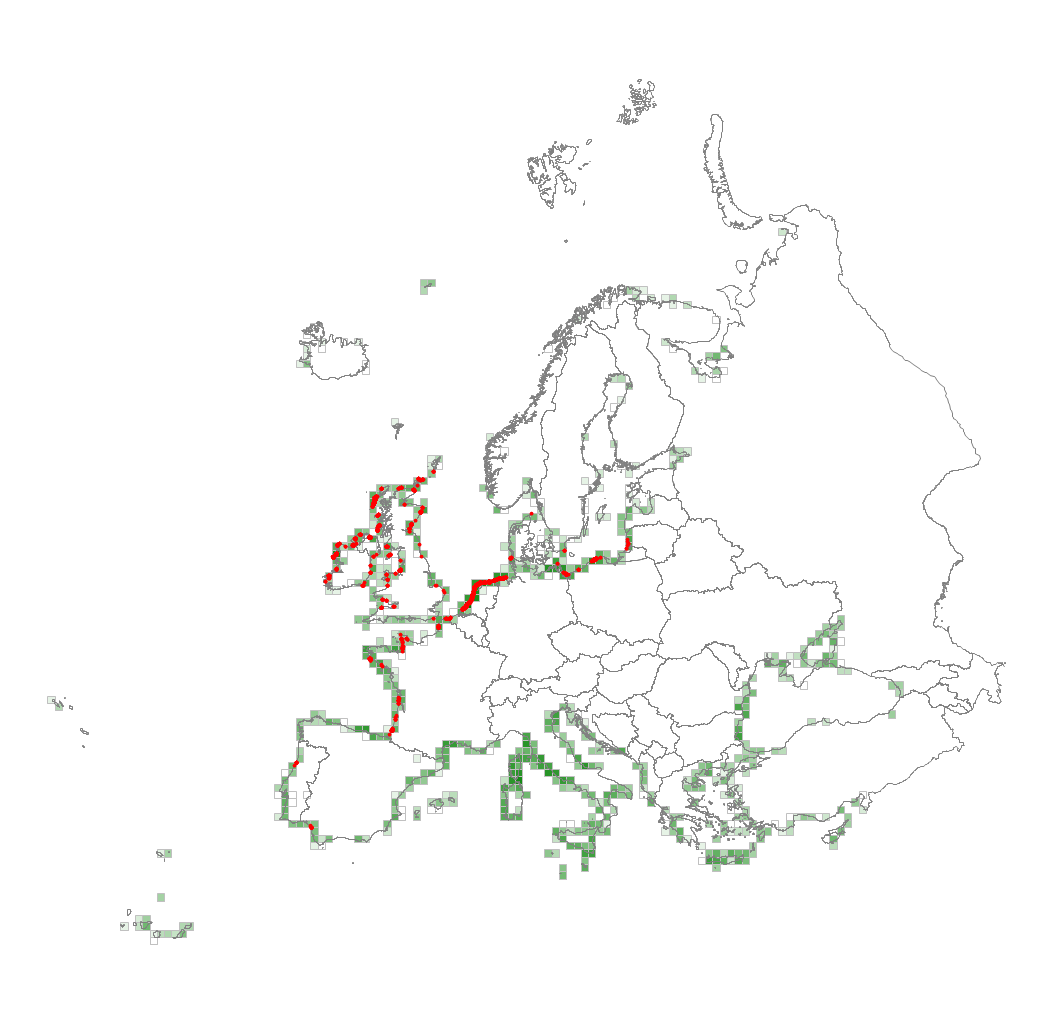N1H Atlantic and Baltic moist and wet dune slack
Dune slacks develop in Atlantic and Baltic dune systems as moist-wet depressions between dune ridges. Primary slacks originate from the development of the beach-dune-slack-system, while secondary slacks occur where blow-outs have lowered the sand level of dune systems to that of groundwater or, unusually in the Wadden Sea, where parts of barrier islands are occasionally flooded by tidal inundation (so-called “green beaches”). The water table fluctuates seasonally, less so around the Baltic, and the mean wetness of slacks can vary so that the range of vegetation is considerable from dwarf rush and bryophyte pioneer vegetation, through wet grasslands, to various kinds of mire and swamp, with persistent areas of open water with aquatic plants.
Chytrý M., Tichý L., Hennekens S.M., Knollová I., Janssen J.A.M., Rodwell J.S. … Schaminée J.H.J. (2020) EUNIS Habitat Classification: expert system, characteristic species combinations and distribution maps of European habitats. Applied Vegetation Science 23: 648–675. https://doi.org/10.1111/avsc.12519
Version 2025-10-03, https://doi.org/10.5281/zenodo.16895007.
For the official presentation of the EUNIS Habitat Classification from the European Environment Agency, please see: EUNIS Terrestrial Habitat Classification 2021. The FloraVeg.EU presentation may show modifications and partial updates to the habitat classification.
